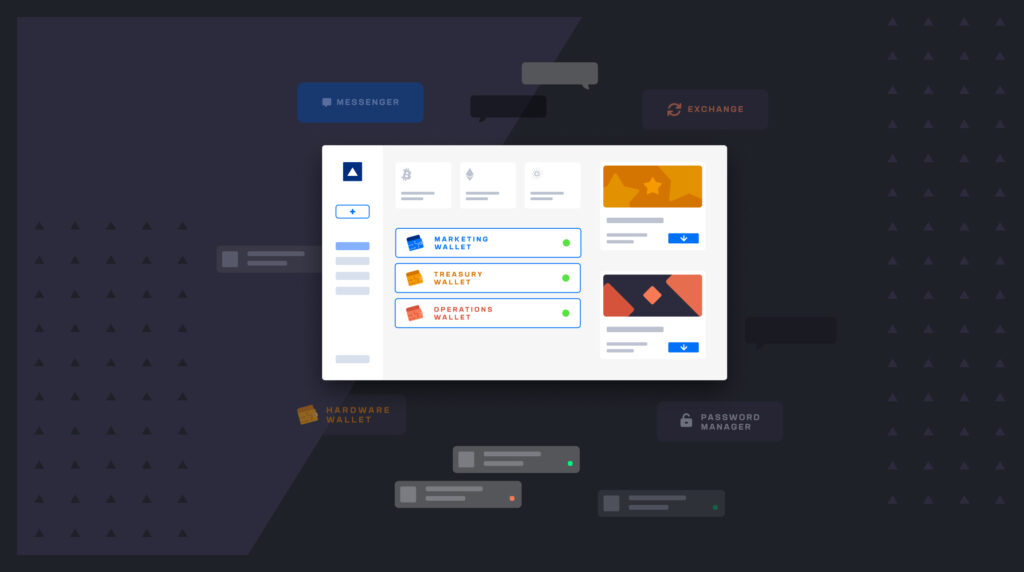Web2 users are accustomed to an easy sign-up and onboarding process for almost any application or service they engage with. In most cases, they simply use their email or phone number to create a username and password. However, when engaging with Web3 applications, users will need to either connect an existing wallet to the application or create a new wallet.
This process is common practice for Web3 natives, but for the majority of users yet to engage with Web3, this onboarding process is foreign, somewhat intimidating, and can limit adoption.
The question is: how can Web2 companies recreate their existing onboarding process for their Web3 projects and programs?
Remove wallets, private keys and seed phrases from the onboarding experience
Non-Web3 users are, initially, not going to understand the concept of wallets, private keys and seed phrases. At the time of initial sign-up and onboarding for your Web3 project, asking users to create a wallet, remember a seed phrase, and understand how to safeguard private keys at the time of onboarding creates a poor user experience. Organizations need to completely remove this complexity from the onboarding experience.
To do this, users should be presented with their typical login and sign-up front-end experience – using email, phone numbers, usernames, and passwords. On the back-end, at the time of sign-up, a wallet should be created for the user with the appropriate permissions and governance in place for transfers and transactions.
There are 3 basic options for how this can be achieved:
Option 1: Build the core Web3 wallet capabilities in-house and ensure the experience is seamless
This option gives your organization full control over the entire process and experience but can result in two major potential issues. The first is regarding security – there could be security gaps if the development team does not have experience with cryptography or building blockchain-based applications. The attack surface in Web3 is wide and there are major financial incentives for attackers to target Web3 applications. If there is an exploit due to lack of experience with blockchain-based applications, there could be major brand reputation damage.
The second is time to market. Building in-house wallet and tokenization capabilities will require time, resources and budget which can be effectively outsourced to third party providers that specialize in this field.
Option 2: Completely outsource the Web3 capabilities and management to a third party
There are multiple third party providers that can build, run, and manage a Web3 project on your behalf. This option removes the potential security gaps, frees up development resources, and provides a time to market advantage. However, as the user experience is outsourced, there is now counterparty risk with that third party, in regards to the safekeeping of user assets as well as brand reputational damage, should something go wrong.
Option 3: Integrate a Web3 platform into your existing IT stack
There are Web3 platforms that have the blockchain and crypto expertise needed to securely create and manage user wallets, private keys, and seed phrases, and can easily be integrated into your existing IT stack and front-end application or experience. This allows your organization to mitigate the security risks but also still have complete control over the customer experience without the counterparty risk.



